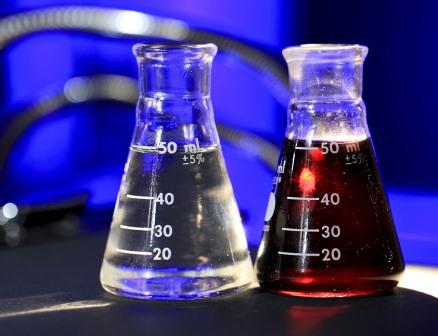
EVAPORATION AND BOILING
EVAPORATION AND BOILING (LIQUID TO GAS) On heating particles gain kinetic energy and move faster. In evaporation and boiling the highest kinetic energy molecules can ‘escape’ from the attractive forces of the other liquid particles. The particles lose any order and become completely free to form a gas or vapour. Energy is needed to overcome…





